
How to Buy a Stand Up Paddle Board
How to Buy a Stand Up Paddle Board
Stand up paddleboarding is currently one of the fastest growing watersports out there. There are so many ways to do it, so finding the right stand up paddleboard (SUP) can seem like a complicated task. But it doesn’t have to be! Consider How to Buy a Stand Up Paddle Board
what type of boarding you like to do, your size, and additional SUP features when choosing your board.
PART 1-Select the type of paddle
1.Get an all-around, recreational, or touring board for multipurpose use. Multipurpose SUPs are the standard boards chosen by beginners, and they’re typically used for flat-water paddling on lakes, bays, and slow rivers. These boards are longer, wider, and have more volume than surfing or racing boards.

2.Choose a surfing board to ride waves. Surfing paddleboards are usually shorter, narrower, and lighter than the other types of boards and they have a narrow nose and tail. They are designed for doing quick turns and specifically meant for use in the surf zone.

3.Buy a racing board if you’re an experienced paddle-boarder. Race boards are longer and narrower than standard or surfing boards, and they’re meant for fast wave-riding competition. They can be pretty unstable unless they’re moving forward at a high speed, and should only be used by more advanced paddle-boarders.

4.Get a whitewater board for fast river use. Whitewater SUPs are typically short to make them more easily maneuverable. They contain a rocker, or curve in the board, to allow the boards to ride over waves. These boards often are inflatable, making them light and more buoyant on the water. 5.Choose a yoga or fitness board to practice yoga on the water. Yoga and fitness boards are wider and longer than wave or multipurpose boards. They also typically have a softer top, and include places to clip on various exercise tools.

6.Look for an inflatable board if storage is an issue. If you live in an apartment, or have a small car that makes transporting a large board a problem, an inflatable board may be the right answer for you. Inflatable boards work well for both flatwater and river use.

PART 2-Select the size of the board
1.Get a 10.5–11.5 feet (3.2–3.5 m) board if you weigh under 175 pounds (79 kg). In general, people buy certain SUP lengths dependent on how much weight the board will carry. The lighter you are, the safer a shorter board will be for you. If you will be sharing your SUP with anyone on the water, like your kids or other family members, go with a longer board to make sure it can hold the extra weight.[6]
If you’re very light, or 50–125 pounds (23–57 kg), and will be riding alone, you can also opt for the shortest all-around boards, which are 9–10.5 feet (2.7–3.2 m).

2.Use a 11.5–12.5 feet (3.5–3.8 m) board if you weigh 150–225 pounds (68–102 kg). The medium weight class will need a medium length board in most cases. Many all-around boards come in this size. This size is often the easiest to find for multipurpose use.
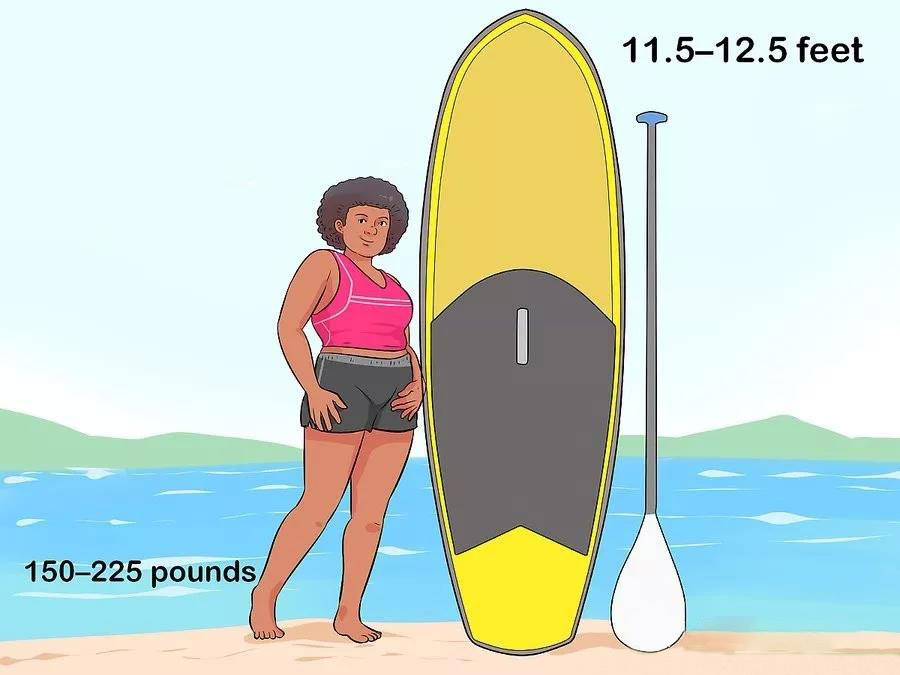
3.Choose a board that’s longer than 12.5 feet (3.8 m) if you weigh 200–275 pounds (91–125 kg).

4.Follow a volume recommendation if you plan to surf. The surfing SUP sizing often goes by volume recommendations instead of length, since they are all shorter boards. This system has you multiply your body weight by a certain decimal depending on your experience level, to get a volume recommendation number.[9]
For example, beginners would multiply their body weight in pounds by 1 to 1.4.
Intermediates would multiply their body weight by 0.8 to 1.
Advanced surfers would multiply theirs by 0.6 to 0.8.
The resulting number gives you a board volume recommendation in liters.

PART 3-Select other features of the board
1.Choose a board with a thick, high-traction deck pad for safety. The deck pad is one of the most important SUP features for new riders.

2.Find a board with a built-in carry handle for convenience.
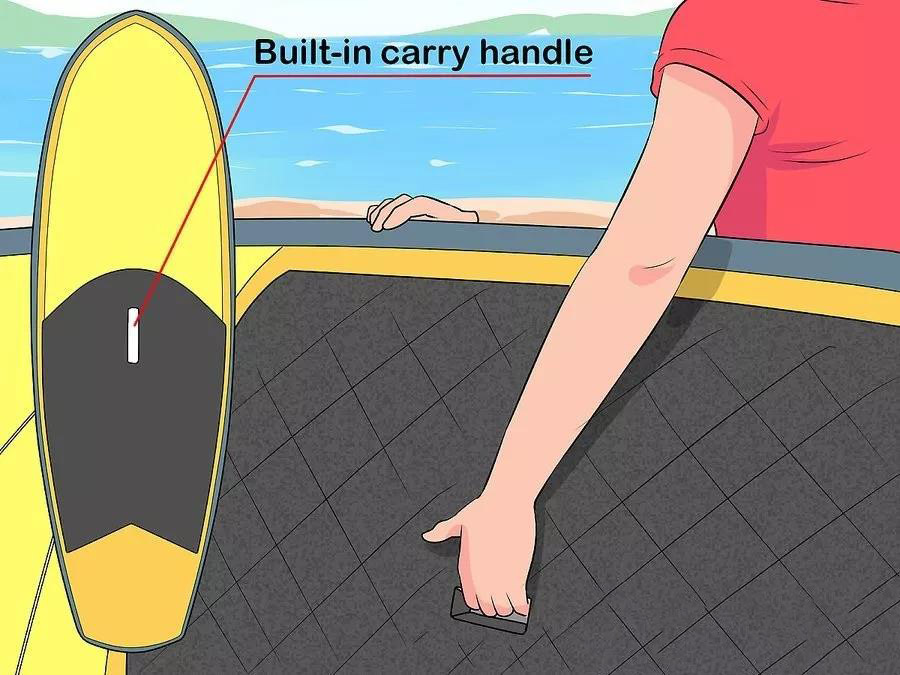
3.Get a leash depending for distance paddling or surfing.
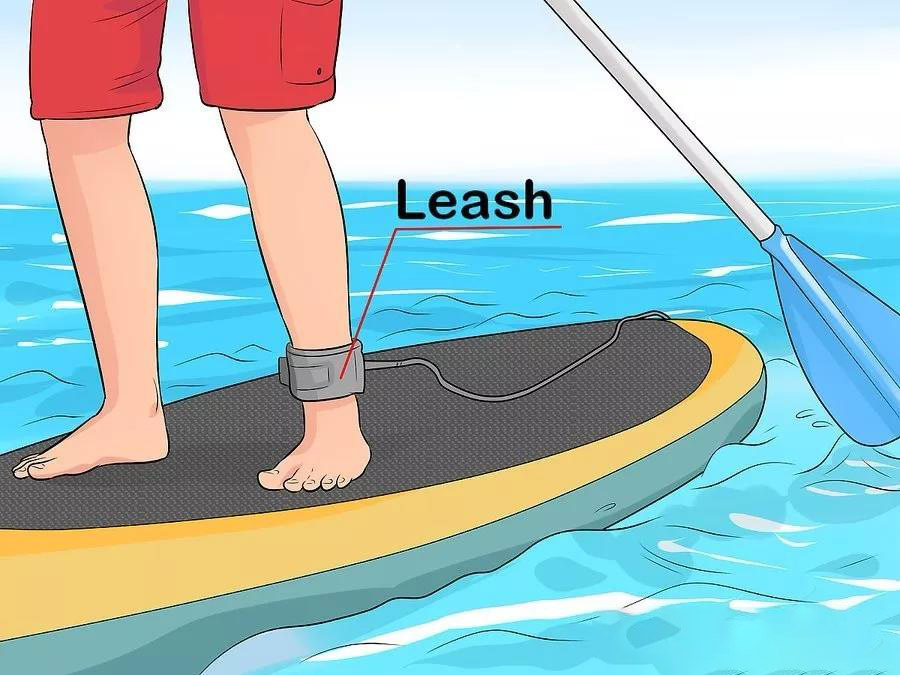
4.Get a board with more than 1 fin for surfing.

5.Get a fiberglass board for a practical option. The most common material for SUPs is fiberglass because it is strong for its weight and easy to shape. Most fiberglass boards are only 25–35 pounds (11–16 kg), making them manageable to carry.

6.Go with all carbon fiber if you’re a serious paddleboarder.


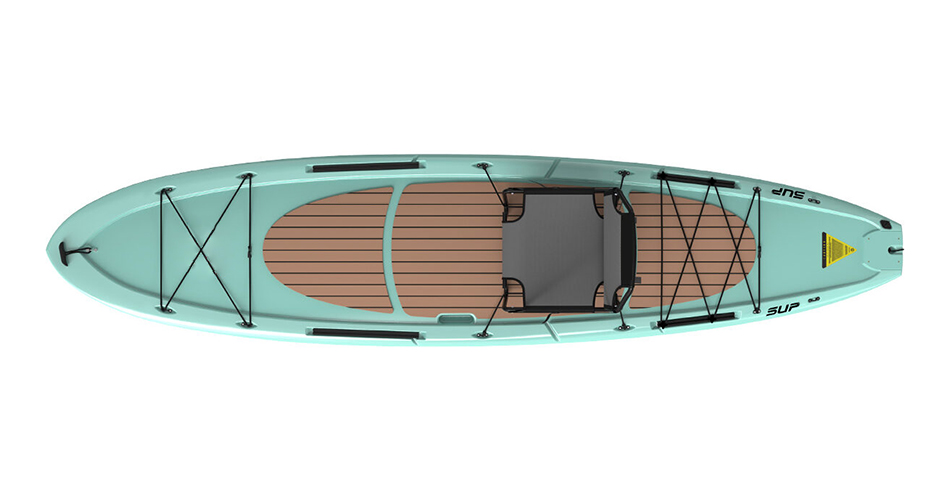

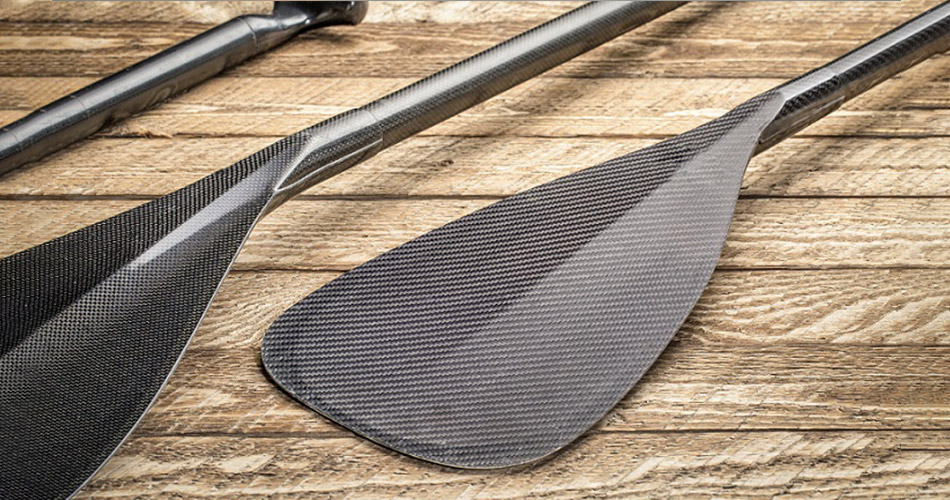
 yuanfang627
yuanfang627